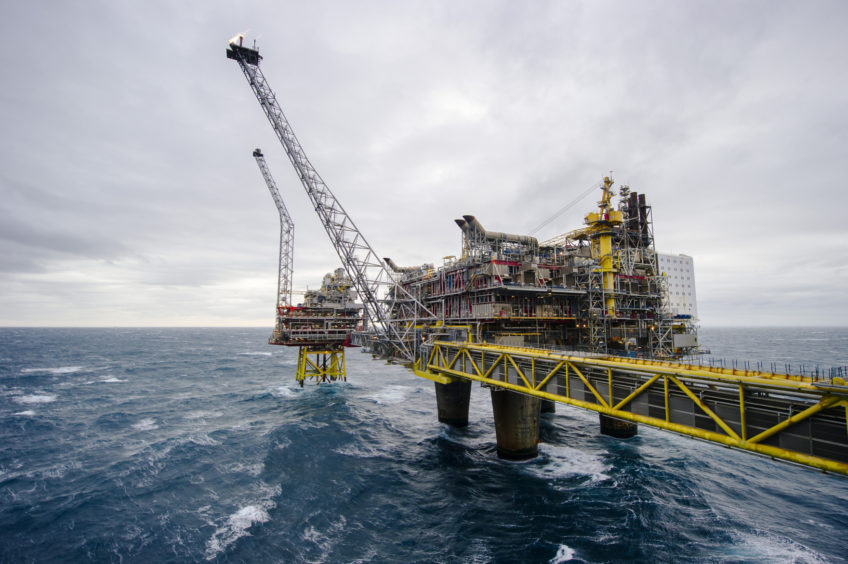
With Covid-19 continuing to impact the profitability of the supermajors, Ano Kuhanathan, sector advisor at trade credit insurer, Euler Hermes, argues that now is the time for the supermajors/Big Oil to start spinning off their renewables divisions.
Like many other sectors across the economy, the energy industry – and oil and gas businesses in particular – has faced an incredibly difficult 12 months. The pandemic and the associated periods of lockdown have had numerous knock-on effects for business. For oil and gas, it has contributed to a cruel combination of low demand and low prices which have, in turn, turned off the tap of profitability.
Unfortunately, this hit is expected to continue through the rest of this year. We estimate that every £7 drop in the annual average price of oil leads to a profit margin decrease of 0.80 points for firms and that every one million barrel/day drop in global consumption leads to a profit margin decrease by 0.65 points. With oil prices likely to be around £41 in 2021 and £43 in 2022, and consumption to bounce back to 2018 levels by 2022, we forecast profit margins at 4.6% in 2021 – well below the 5.7% annual average recorded between 2010 and 2019; and to recover only in 2022.
Perhaps more importantly though, the pandemic has increased the appetite for a greener existence and governments have taken notice. Peak oil is currently expected to materialise around 2030. However, international rhetoric – and, in some cases, action – suggests that date could well be brought forward. For example, in the last few months alone, we have seen the UK government become more vocal in setting bold objectives, including quadrupling offshore wind generation and banning the sale of petrol and diesel cars by 2030, as part of a green-led recovery.
Joe Biden’s election has also reversed the US’s direction of travel under Donald Trump and will likely shorten the remaining runway for oil production at scale. A $2trn green investment plan is in the offing which will, like in other countries, halt subsidies and tax breaks for fossil fuels. Notably, China has also signaled that change might be on the agenda; recent development plans laid out by state-owned PetroChina, Sinopec and CNOOC are all tilted towards clean energy.
While the world will continue to rely upon oil for many products and services in theuk future, the next decade will ultimately be about preparing for life with less of it. Market consolidation, last seen at scale in the late nineties, is therefore likely to return, with M&A this year likely to be characterised by ‘survival’ or distressed deals given the financial challenges already mentioned.
But in this general market restructuring lies opportunity and it’s becoming more and more evident that now is the time for Big Oil to capitalise on the viability of the nascent renewables offerings it has been developing over the course of the last decade. Currently, renewables-focused firms are trading at price-to-earnings ratios twice as high as that of supermajors on average. Big Oil rhetoric suggests that there are no plans to do so, but spin offs at this time would provide a significantly cheaper cost of capital as they look to raise funds for the recovery ahead. Equally, spin offs would go some way to addressing the view that renewables divisions act merely as greenwashing instruments.
Of course, the proof will be in the pudding but the narrative regarding the future of the industry appears to point to accelerated restructuring with the valuation spread remaining in favour of green operators. A trend towards spin offs would also reshuffle financial risk, with traditional oil and gas businesses able to steer a more prescribed course, guided only by regulatory risk.
When we are finally able to look back on the Covid-19 pandemic in hindsight, the energy sector will no doubt view the incredible obstacles that it overcame. But it will also see it as the moment in which the transition to greener alternatives accelerated, and spin offs will have been a major indicator.
Recommended for you

 © Euler Hermes
© Euler Hermes